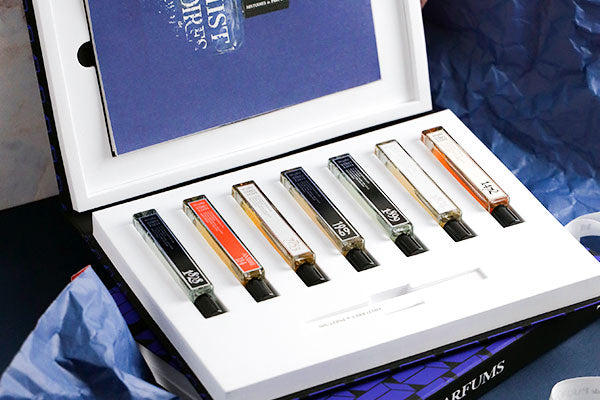
July 21, 1969: A small step for man

Catching up on lost time
The project to send the first man to the moon was launched by John F. Kennedy on May 25, 1961, approximately three months after the Soviet Union sent the first man, Youri Gagarine, to space on April 12, 1961.
The project would allow the US to catch up on their conquest of space. The Soviet Union was the first to send a man into space, and was also the first to send the famous Spoutnik satellite to orbit the Earth on October 4, 1957.
The Soviet Union was winning 2-0 in the midst of the Cold War against America in space exploration, but the US quickly changed this score.
A project that was maybe too ambitious?...
The responsibility to carry out the Apollo project was handed to NASA, a small aerospace agency created in 1958 by President Eisenhower.
NASA began working on the Apollo project by sending satellites to map out the Moon's surface. The agency also decided to use the lunar orbit rendezvous method to land astronauts on the moon. This strategy requires one lunar module to remain orbiting around the moon while another lands on the planet's surface with the astronauts to ensure they later return to the main space craft safely.
The project was jeopardized, however, after causing its first death. On January 27, 1967, while the Apollo conducted a rehearsal to the ground, an incident occurred causing the death of three crew members. Following this event, NASA launched a transformational revision of their rockets and postponed their schedule by two years in order to increase safety.
Apollo 11, a success
Apollo 11 took off on July 16, 1969 from the Cape Canaveral launching grounds. There were three astronauts aboard including Neil Armstrong, Buzz Aldrin and Michael Collins, all 39 years old. Three days after their departure, the main lunar module reached the moon and began orbiting the planet.
After multiple orbits around the moon, the lunar module named "Eagle", carrying Neil Armstrong and Buzz Aldrin, was separated from the main space craft and began its descent to towards the moon.
The descent, however, did not go as planned. The computer's oversaturation of information sent out so many notifications which distracted Neil Armstrong and caused him to miss the initial intended landing site. Despite this, NASA continued to pursue their mission and successfully landed the lunar module on the moon on July 20, 1969 at 20h17 UTC on the "sea of tranquility", 7km from the initial landing site.
After many hours of preparation, Neil Armstrong exited the module and stepped foot on the moon on July 21, 1969 at 2H 56 UTC, declaring the famous quote "That's one small step for man, one giant leap for mankind". A couple minutes later, Neil was joined by Buzz Aldrin, who then became the second man to walk on the moon.
Mission Accomplished
All in all, both astronauts stayed on lunar grounds for a total of four hours. This was the time it took to install various scientific tools, collect 21kg of moon rocks to bring back to Earth, plant the star-spangled banner to mark the US's victory against the Soviet Union and put down a commemorative plaque on which a peace message to all forms of life was written.
After rejoining the main space module which had been orbiting the moon for two days, the astronauts embarked on their return to Earth and successfully landed in the Pacific Ocean.





